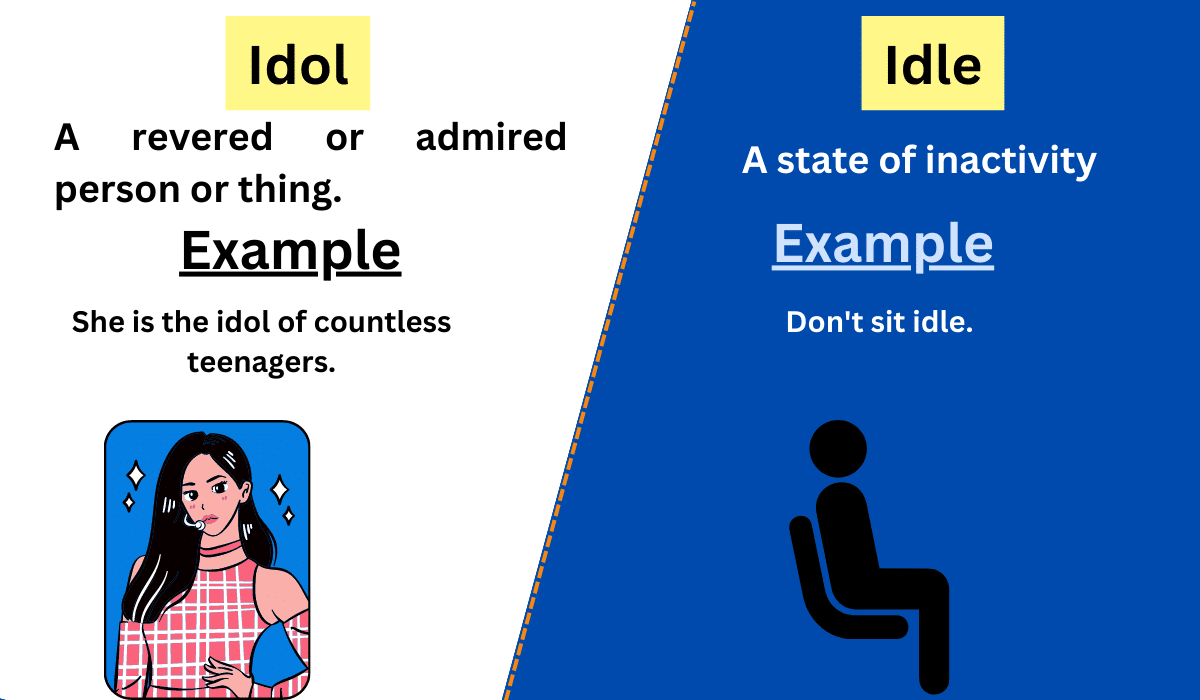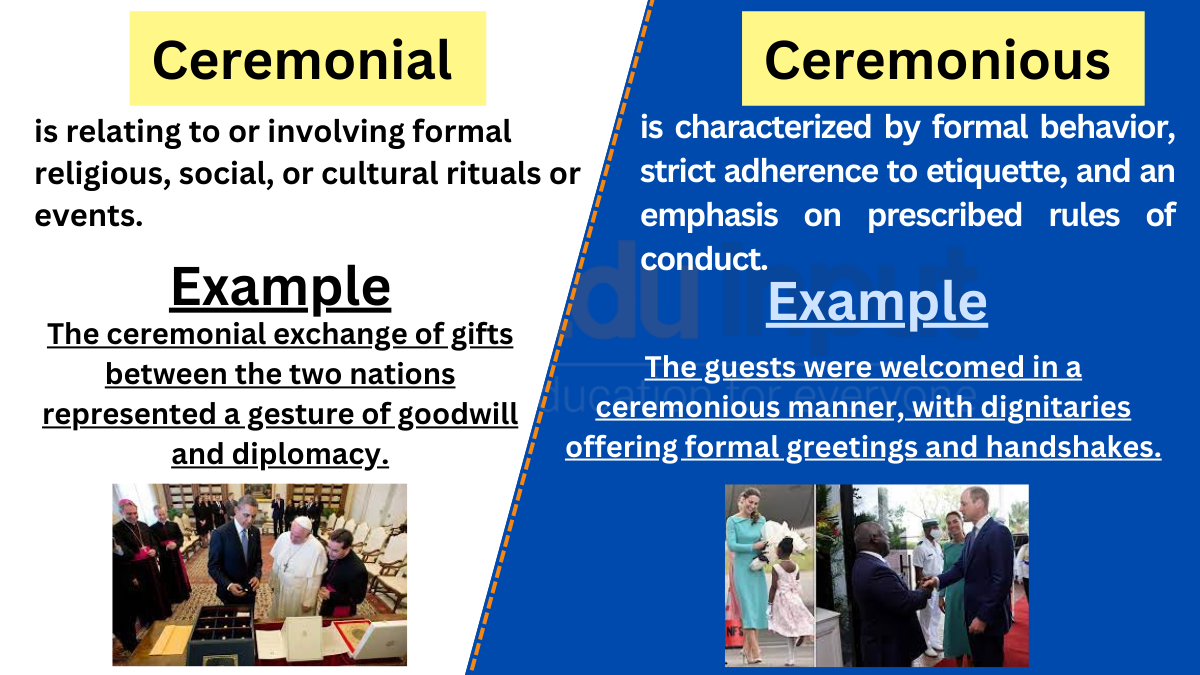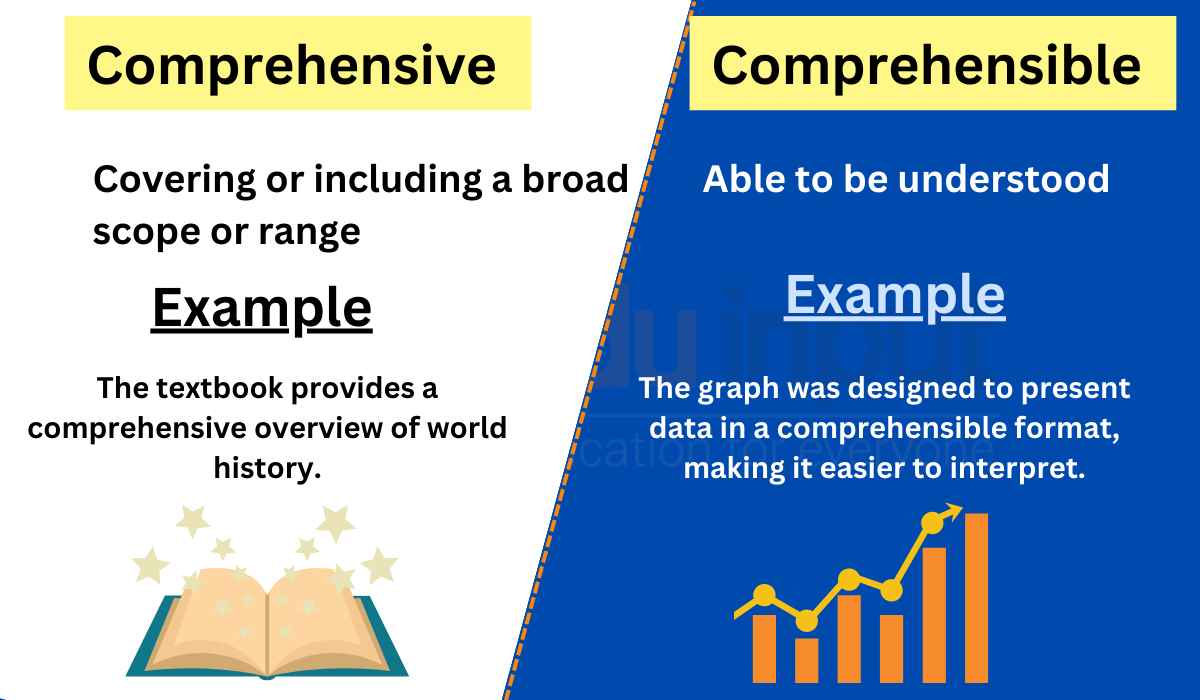Comparison vs. Contrast – Difference Between and Examples
Comparing is recognizing similarities and/or differences while contrasting entails comparing two or more objects or events to highlight their distinctions. These processes enable us to discern the nuances and intricacies that shape our world, unveiling the beauty in both uniformity and diversity.

When analyzing information or discussing topics, it is important to distinguish between comparison and contrast. Although these terms are often used together, they have distinct meanings and purposes.
In this article, we will explore the differences between “comparison” and “contrast” to gain a deeper understanding of their definitions and usage. By understanding how comparison emphasizes similarities and contrast highlights differences, we can effectively communicate and employ these concepts in various contexts.
Let’s examine the contrasts between “comparison” and “contrast.”
Meanings and Examples
Let’s discuss the meanings and examples of comparison and contrast
Comparison Meaning
The meaning of comparison is:
Definition: Comparison involves examining the similarities or similarities and differences between two or more objects, concepts, or ideas.
Comparison Examples
- In her essay, the author made a detailed comparison of the two novels by analyzing their themes, characters, and writing styles.
- The sales report compared the performance of different product lines, highlighting their sales figures and customer satisfaction ratings.
- The teacher asked the students to write a comparison between two historical events, discussing their causes, consequences, and impacts.
- The researcher conducted a comparison of various smartphone models, evaluating their features, prices, and user reviews.
- The scientist presented a comparison of two scientific theories, highlighting their similarities and differences in explaining a phenomenon.
Contrast Meaning
The meaning of contrast is:
Definition: Contrast involves highlighting the differences or dissimilarities between two or more objects, concepts, or ideas.
Contrast Examples
- The artist’s painting displayed a stark contrast between light and dark shades, creating a visually stunning effect.
- The speaker contrasted the advantages and disadvantages of two different approaches to problem-solving during the conference.
- The contrast between the protagonist’s humble beginnings and eventual success added depth to the story.
- The professor emphasized the contrast between two philosophical ideologies, exploring their opposing viewpoints and underlying principles.
- The documentary presented a contrast between traditional farming methods and modern agricultural practices, discussing their environmental impacts.
Difference Between Comparison and Contrast
The grammatical differences between comparison and contrast are given below:
| Criteria | Comparison | Contrast |
| Meaning | Examining similarities or similarities and differences | Highlighting differences |
| Focus | Similarities or similarities and differences | Differences |
| Pronunciation | kəmˈpærɪsən | kən-ˈtræst |
| Purpose | Identifying commonalities | Emphasizing distinctions |
| Usage | Analyzing objects, concepts, or ideas in relation to each other | Highlighting differences or dissimilarities |
Use of Comparison and Contrast in Paragraph
In the vast realm of human existence, we witness the interplay of comparison and contrast, shaping our perceptions. Like yin and yang, they dance harmoniously, illuminating our path. Comparison unveils similarities, connecting us, while contrast reveals differences, driving growth. Together, they form the tapestry of our lives, a captivating mosaic of diversity and unity.
By understanding the distinctions between “comparison” and “contrast,” we can effectively utilize these concepts to analyze information and communicate our ideas. “Comparison” involves examining similarities or both similarities and differences between objects, concepts, or ideas, while “contrast” focuses on highlighting differences or dissimilarities. With this knowledge, we can engage in meaningful discussions, conduct thorough analyses, and convey our thoughts accurately in various academic, professional, and creative contexts.







Leave a Reply